Pilot Phase 1 Completes Successfully
The first permEzone project in Asumbi, Kenya is now complete as of April 2020! The 2-year pilot program faced many challenges including political upheaval, internal power struggles, technical challenges, limited resources, and long dry seasons followed by long wet seasons. Not to mention the global coronavirus pandemic striking right at the pilot’s conclusion. Through it all the steadfast international team never gave up and they pushed through to a successful completion!
| permEzone field team, Paul and Reagan, and Stephanie from Biovision Foundation with the 10 lead farmers. |
A big thank you to Paul Omolo and Reagan Okoth, founders of Community Mobilization for Regenerative Agriculture (C-MRA), permEzone’s implementation partner for Phase One, and the main drivers, planners, PDC trainers and mentors during this project. Thank you to Sheena Shah for organizing and coordinating the international effort involved to pull off this ambitious fledgling program. And of course to Hugh Kelly, for his great concept of empowering local farmers using local resources, his persistent nurturing, and his tenaciousness to see Phase One of the pilot through to the end.
The hallmarks of permEzone, utilizing local resources and engaging the people we are trying to help in all aspects of the process, allowed the program to be tough and nimble enough to maneuver through all the changes and struggles of the past 2 years. What is apparent now more than ever is that the need for local solutions to food security, resilient village economies, and money saving farming methods is urgent.
The hallmarks of permEzone, utilizing local resources and engaging the people we are trying to help in all aspects of the process, allowed the program to be tough and nimble enough to maneuver through all the changes and struggles of the past 2 years. What is apparent now more than ever is that the need for local solutions to food security, resilient village economies, and money saving farming methods is urgent.
Ms Phelister Aludo as she prepares her compost.
Using the permEzone approach, smallholder farms can be designed to grow a variety of nutritious food crops for the farmers’ families and improve the yield and quality while reducing the need for expensive and harmful chemical inputs. The result is not only a more sustainable profitable farm, but cleaner healthier air, water and soil and a more resilient, lush and biodiverse landscape. With permEzone’s extended 2 year support structure from local permaculture experts, there is enough time to implement and troubleshoot those designs. A win win win!
| Clement Akoko making presentations after a discussion group. | Clement at a MEL workshop. |
A Look Back:
Setting the Stage for Participation and Absorption
The first phase of the pilot program started in Kenya in 2018. The beauty of permEzone is that it uses existing local resources to help farmers. Utilizing the local agriculture office in Asumbi, 250 farmers were identified to participate. Those 250 participants self-selected the 10 lead farmers who demonstrated the most enthusiasm, quick understanding and confidence to become trainers themselves during the program as peer to peer education is one of the core values of permEzone and enables the education to spread into the community. From there, the 10 lead farmers co-created the permaculture curriculum based upon what they wanted to learn and even created the indicators of success on which the program would evaluate itself and the survey tools to gather the data that would be analyzed. Through the inception, planning and training the needs of the local farmers were served.
Reagan with lead farmers during a PDC training session
Training and Implementation of Farm Designs
Paul and Reagan from C-MRA headed up the tailor-made Permaculture Design Certificate training which lasted 3 months. The sessions were very participatory as the farmers shared a lot of the cultural practices that they, their parents and their grandparents were applying in their day to day lives that are in line with permaculture practice. These included pest control using wood ash to dust the dried harvested grains to prevent attack by insects, earthen building and seed saving.
Setting up the 10 model farms and the extension services then followed. This supported the farmers in designing their model farms with the concepts and techniques of permaculture, and helped them with implementation and addressed any challenges experienced.
The farmers were supported in total for 2 full years as they applied their new training to model farms - experimenting and practicing their techniques and understanding while simultaneously learning how to pass on this knowledge to the other farmers in the group.
Setting up the 10 model farms and the extension services then followed. This supported the farmers in designing their model farms with the concepts and techniques of permaculture, and helped them with implementation and addressed any challenges experienced.
The farmers were supported in total for 2 full years as they applied their new training to model farms - experimenting and practicing their techniques and understanding while simultaneously learning how to pass on this knowledge to the other farmers in the group.
| Stephen assisting Leonard on sack gardening management | Paul assisting Helida on developing her farm design |
Farmers Training Other Farmers: Peer to Peer Education
The aim was for the lead farmers to transfer the skills and knowledge learned to the other farmers surrounding them. Part of that vision was to provide a mobile phone platform that farmers could use to ask questions or share ideas. Initial work on a prototype of this platform uncovered several challenges in making this easy to use and operate by farmers and extension workers. The lessons learned from this are helping with the platform’s development for future phases.
Citizen Scientists: MEL- Monitoring Evaluation and Learning
A participatory Monitoring and Evaluation system was developed which saw farmers as an integral part in data collection as well as the monitoring and evaluation of the project. The participatory nature of data collection was of great help, as the farmers are still continuing with this process though the project has already come to an end.
Farmers were taught how to do soil tests and to evaluate the condition of their soils. This was enhanced alongside their ability to keep farm records, enabling them to better understand improvements in production and overall farm health.
The data from baseline, mid-term and concluding surveys and questionnaires shows that the farmers steadily but modestly improved on their practice and quality throughout the project. Valuable information was learned about what the farmers excelled at (making compost, mulching, planting legumes, and seed saving) and what they struggled with (using insect traps, using water saving strategies, building earth works such as swales and berms). One conclusion was the need to put more emphasis on supporting the farmers’ own efforts to explore innovative solutions on their farms. These findings will help shape how information is presented in future projects. For example, only presenting one or two concepts each time, so that they can be fully absorbed before training begins on others.
Farmers were taught how to do soil tests and to evaluate the condition of their soils. This was enhanced alongside their ability to keep farm records, enabling them to better understand improvements in production and overall farm health.
The data from baseline, mid-term and concluding surveys and questionnaires shows that the farmers steadily but modestly improved on their practice and quality throughout the project. Valuable information was learned about what the farmers excelled at (making compost, mulching, planting legumes, and seed saving) and what they struggled with (using insect traps, using water saving strategies, building earth works such as swales and berms). One conclusion was the need to put more emphasis on supporting the farmers’ own efforts to explore innovative solutions on their farms. These findings will help shape how information is presented in future projects. For example, only presenting one or two concepts each time, so that they can be fully absorbed before training begins on others.
Mr. Leonard practicing mixed farming. He is integrating crop farming with poultry.
Community Progress
Farmers were an essential part in evaluating whether or not the project has had a beneficial effect on their farm productivity, family food security and community eco-social resilience. The lead farmers have come together and registered a self-help group, where they meet on a bi-monthly basis to discuss their development issues including permaculture practices. Here they share experiences including farming challenges and support each other with local solutions. They have also developed a Village Savings and Loan Association (VSLA) among themselves where they contribute their shares regularly and put these together and encourage members with needs to borrow and return with interest.
They have also come up with a poultry enterprise where each and every one of them begins with at least 50 chicks. This enterprise has many advantages to them i.e. source of compost materials from the wastes, source of food from poultry meat and eggs, and increased household incomes.
During the last three months of the project, a mentorship program was developed by C-MRA to take care of the 240 beneficiaries and ensure sustainability. Each of the 10 lead farmers were assigned to mentor 24 other farmers to be responsible for them and present their achievements and challenges during the monthly meetings.
They have also come up with a poultry enterprise where each and every one of them begins with at least 50 chicks. This enterprise has many advantages to them i.e. source of compost materials from the wastes, source of food from poultry meat and eggs, and increased household incomes.
During the last three months of the project, a mentorship program was developed by C-MRA to take care of the 240 beneficiaries and ensure sustainability. Each of the 10 lead farmers were assigned to mentor 24 other farmers to be responsible for them and present their achievements and challenges during the monthly meetings.
Influencing Policies and Local Authorities
Due to the impact of the project, it has been noted that local administration officials are encouraging the community to focus on implementing some techniques such kitchen gardening, water harvesting structures, composting, digging swales and mixed biodynamic farming and livestock management. These local administration officials such as village elders, community mobilizers and chiefs are very critical in influencing local policies. They also encourage the community to plant trees for improving the environment.
During the Phase three pilot, C-MRA aims to involve more government officials, especially from the ministry of Agriculture and Environment, who are involved in making agriculture policies.
During the Phase three pilot, C-MRA aims to involve more government officials, especially from the ministry of Agriculture and Environment, who are involved in making agriculture policies.
John Leonard Wao, one of the lead farmers said:
“Currently my wife does not go to the market to buy kales as I have plenty of it from my two sack gardens. This has taught me that one doesn’t need to have a large farm for him to produce volumes of vegetables.”
“Currently my wife does not go to the market to buy kales as I have plenty of it from my two sack gardens. This has taught me that one doesn’t need to have a large farm for him to produce volumes of vegetables.”
Next Steps:
Phase Three is now being initiated with C-MRA, preparing the ground to work with a new group of farmers in Kisa West, Kakamega County, Kenya. At the same time, C-MRA will be undertaking further research with the farmers who participated in the Phase One pilot, working with David Yisrael Epstein HaLevi as part of his doctoral research at the University at Albany.
Work continues on the mobile phone information platform as a means of information sharing among the local farming community. C-MRA is working on a sustainability plan, and has acquired a piece of land to develop a training center to demonstrate permaculture practices.
Work continues on the mobile phone information platform as a means of information sharing among the local farming community. C-MRA is working on a sustainability plan, and has acquired a piece of land to develop a training center to demonstrate permaculture practices.
Stay tuned as plans unfold for Phase 3!
Why Contribute?
We provide training and support for impoverished rural communities to learn how to help themselves.
Your contribution will:
Your contribution will:
- Help hundreds of families feed themselves with nutritious food
- Help them increase their income from diverse crops, and reduce farm costs
- Help us support them as they work together to find shared solutions to common problems
- Help improve the local environment and take action to reverse climate change
| newsletter_202008.pdf |

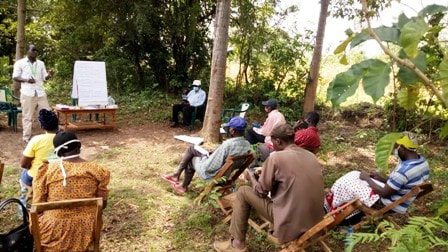
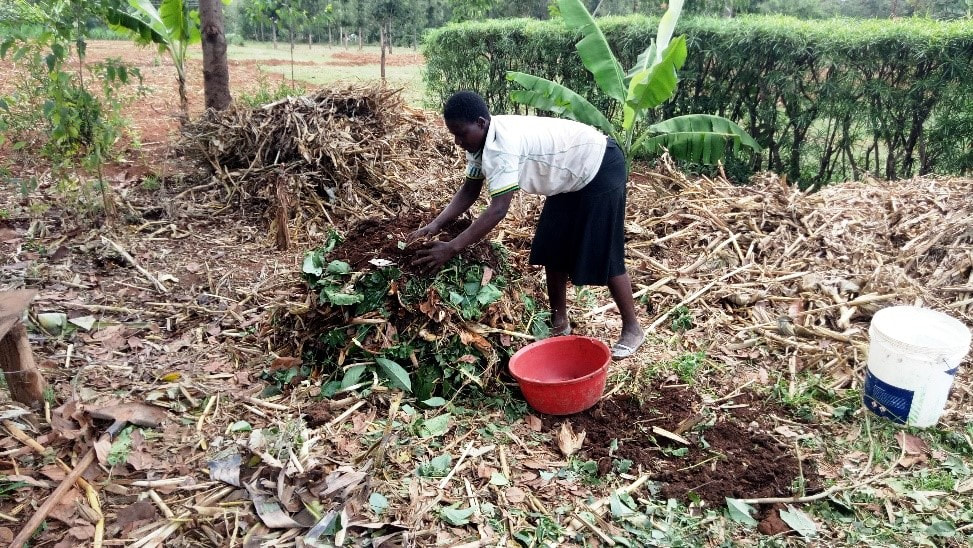
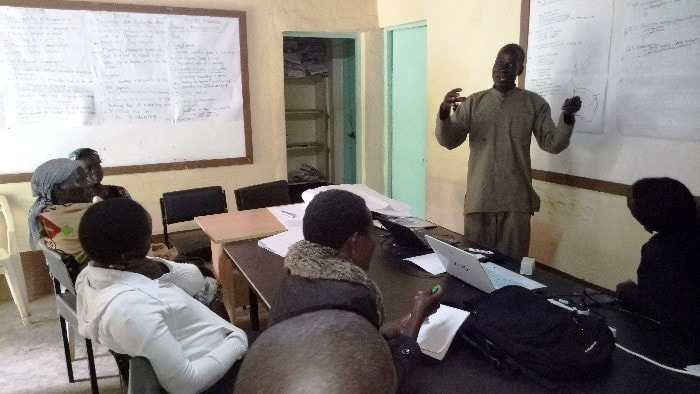
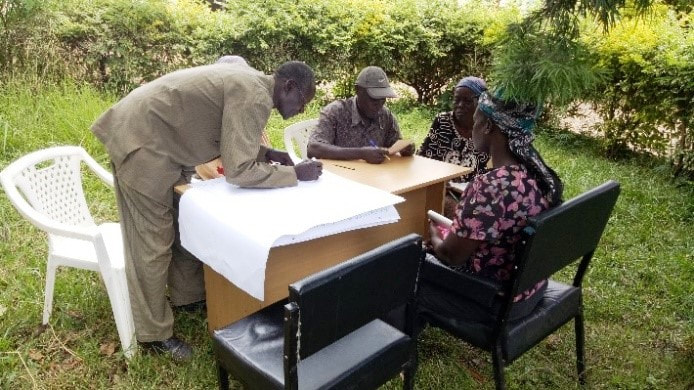
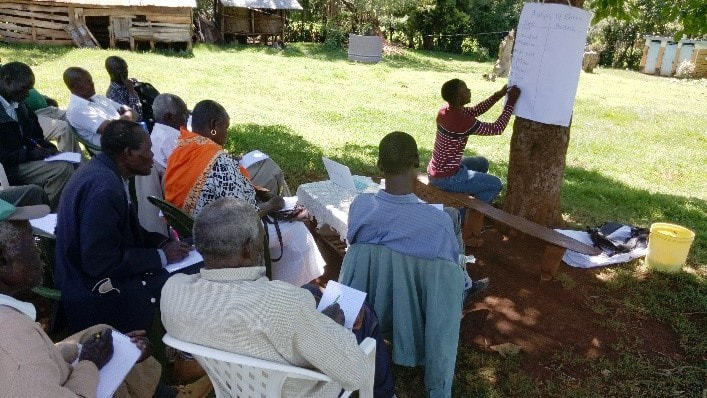
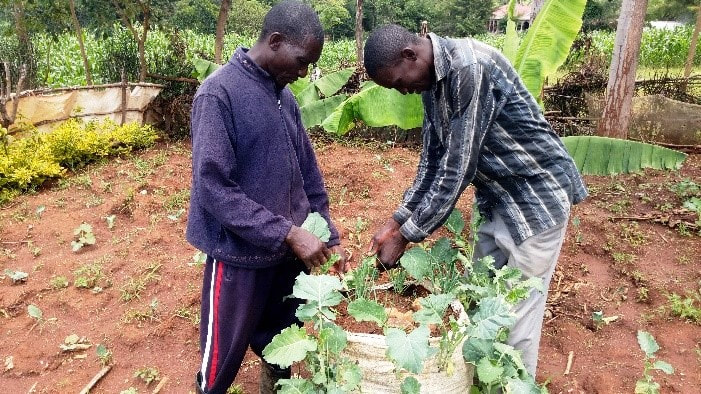
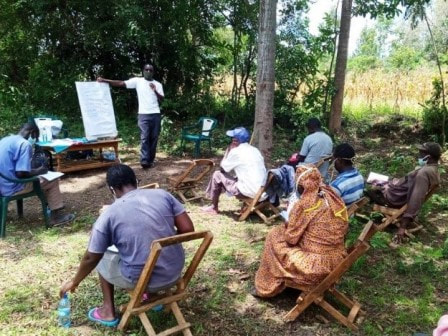
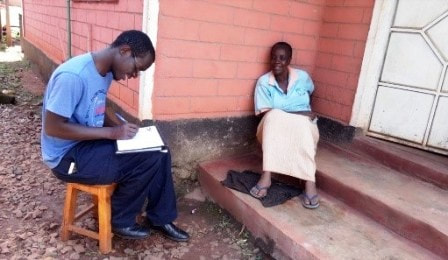
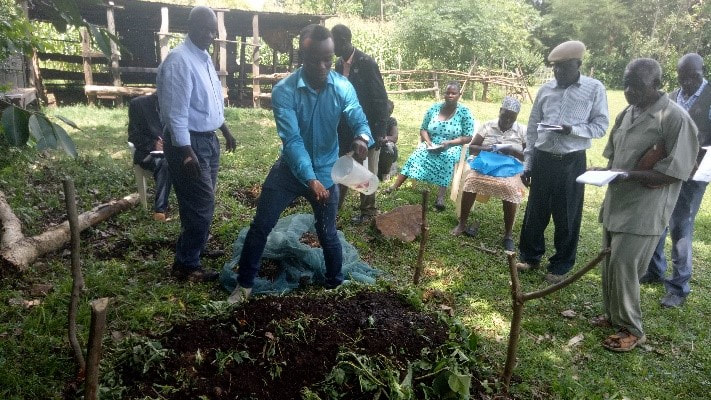

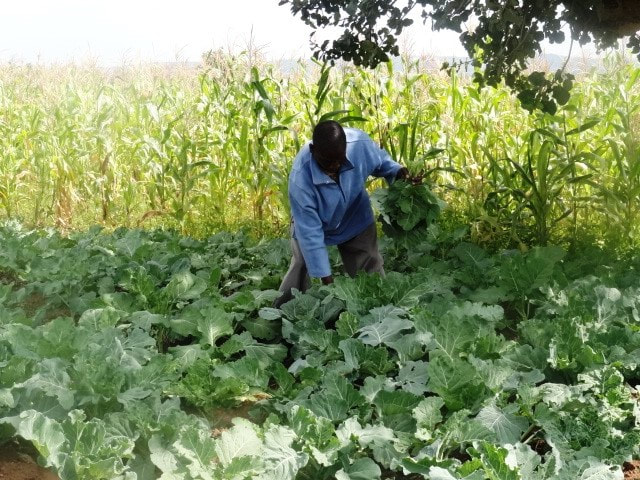
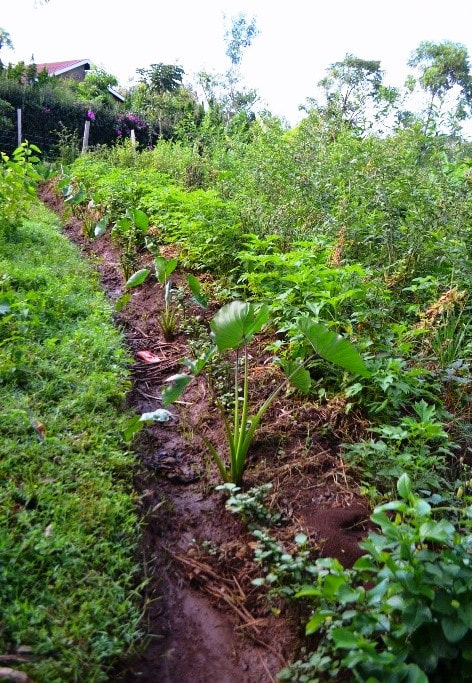
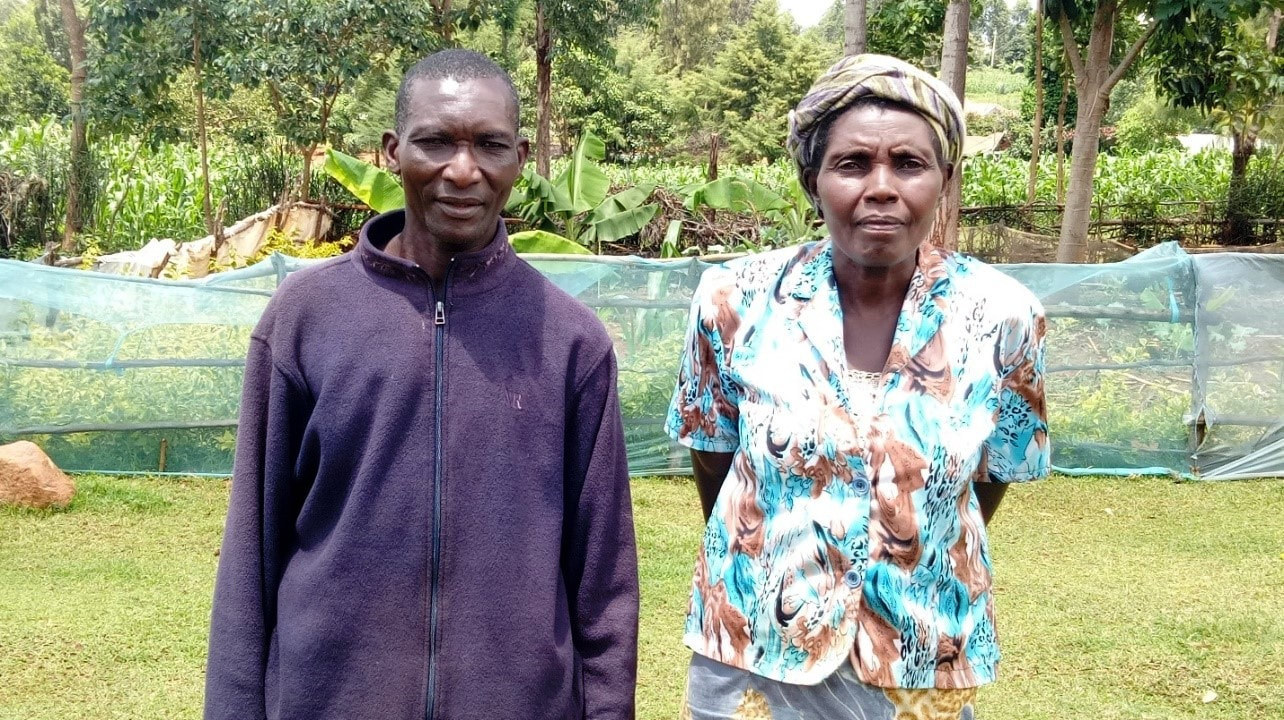


 RSS Feed
RSS Feed